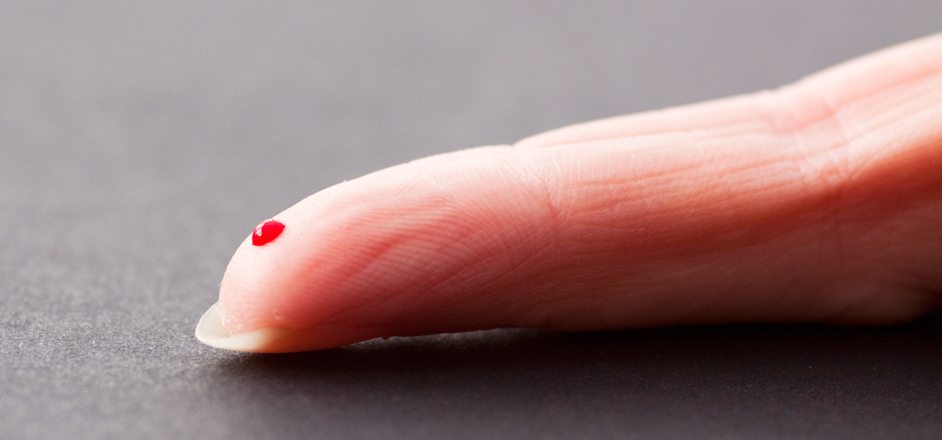Last week we covered a number of market moving deals in the biotech space. At the top of the list were two major deals by AstraZeneca PLC (NYSE:AZN) in the immuno-oncology arena, both of which reached triple digit millions of dollars. Now as we head into a fresh week in the biotech arena, another partnership announcement has hit press – this time involving fellow bio incumbent Sanofi (NYSE:SNY). The latter announced on August 7, 2015, that it had entered into an agreement with Germany-based Evotec, with the goal of developing a beta cell replacement therapy using stem cells to treat diabetes. The arrangement is the latest in what is has proven a controversial area of biotech over the past decade or so, stem cell research. However, if successful, it could give both companies exposure to a condition that currently affects just short of 400 million patients worldwide, and is – despite this enormous prevalence – as yet to receive anything close to a one-time treatment. So, with this said, let’s take a quick look at the deal, what the science involves, and what it could mean for both companies.
First, a look at the terms of the deal. From the looks of things, this is very much a 50-50 situation. Often we see mega cap bios provide the capital resources in a collaboration such as this, but – while there are funds earmarked – risk looks to be shared pretty equally. Sanofi will offer a €3 million upfront payment, and put aside a further €300 million marked for development and trials etc. Capital aside, however, both companies are contributing large amounts of human resource and Evotec looks set to put forward the lion’s share of the expertise in the stem cell arena.
What does the science look like? As we have mentioned, the companies are going after type I diabetes. People with type I diabetes don’t produce enough insulin. This means that – once the blood sugar (glucose) rises – the body is unable to use the glucose effectively. The things that produce insulin in the body are called beta cells, and they are found in what’s called a pancreatic islet – a small bunch of cells found in the pancreas. The traditional way to treat type I diabetes (regular insulin shots aside) is a pancreatic transplant. This basically means taking a transplant from a deceased donor and introducing it to a new host. Obviously, this is very risky, not only because it involves serious surgery, but also there is no guarantee that new host body will take up the pancreas. Further, there is no guarantee that the pancreatic islets in the new pancreas will produce insulin effectively. What Sanofi intends to do, is to take pancreatic islets from stem cells and introduce these into diabetes sufferers pancreas. Less than 92% of the pancreas is related to the production of insulin, and so the benefit to the avoidance of transplanting a full pancreas is obvious. If it works, the collaboration between the two companies could present a much safer, simpler and more effective method of treating type I diabetes. For those interested, there is a great background on this sort of treatment (which incidentally has been around since the 70s but as yet not been taken full advantage of) here.
So what is the market potential for the treatment, if the two companies can demonstrate efficacy in trial? The current market size for type I diabetes (indication for this treatment) is around $6.6 billion. However, market data suggests that via a compound annual growth rate of 7.6%, we could be looking at a market of around $14 billion by 2023. As a quick side note, Sanofi saw its type I diabetes treatment Toujeo approved earlier this year, within just one month of the patent on its top-selling Lantus insulin product expiring. The latter contributes around 20% of Sanofi revenues, and so the Toujeo approval came at a good time for Sanofi shareholders. Additionally, the move into stem cell diabetes treatment research suggests that rather than looking for an upgraded alternative to Toujeo (which is essentially just insulation administered via an epi-pen), Sanofi expects to move into a different class of diabetes treatment when the aforementioned hits expiry (February 2027).
